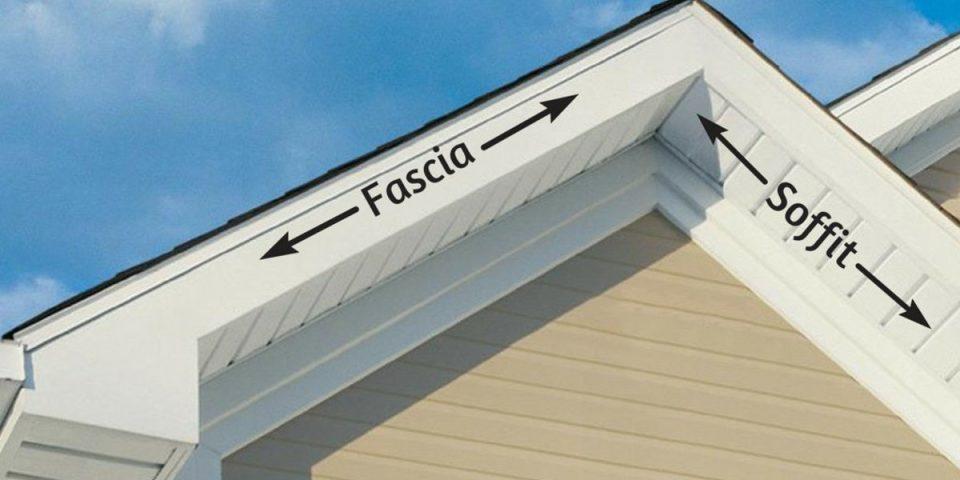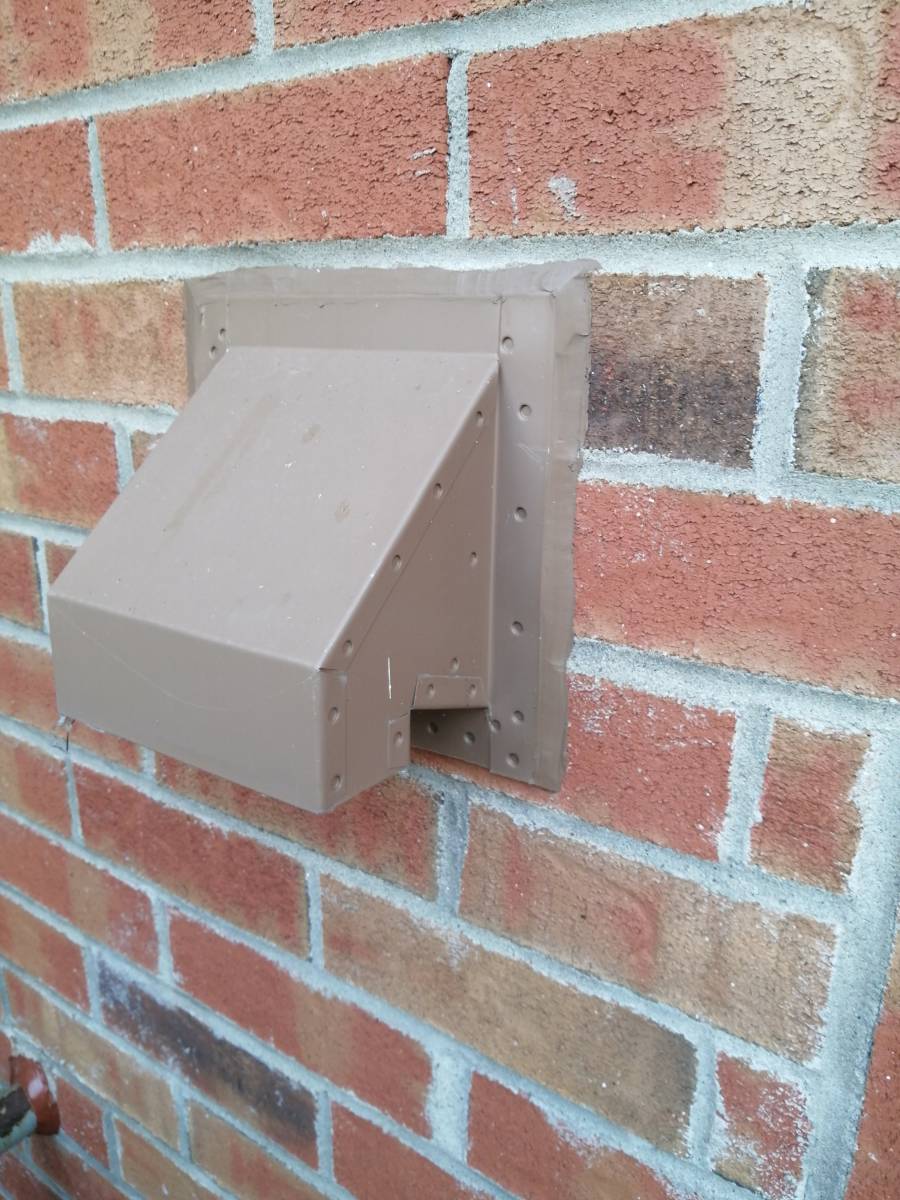Caulking is about much more than just doors and windows.
When we talk about caulking, we immediately think of window caulking or door caulking; however, many other parts of your home’s exterior need to be properly caulked. Your protection against water, air, mould, insect and rodent infiltration requires a tightly sealed home. Caulking is the solution to finalize the sealing of your home.

Sealants and caulks tend to deteriorate over time due to constant exposure to weather elements; therefore, you should regularly inspect and maintain your home’s exterior materials.

Should you caulk around electrical outlets and air outlets?
In addition to caulking windows and doors, consider caulking the many exterior air outlets, external electrical outlets and exterior faucets. These are all prone to compromising the airtightness of your home.

Some of the exterior elements of your home are likely to reduce its airtightness. Think of the dryer outlet, exterior electrical outlets, exterior faucets and the kitchen hood air outlet. When installing these outlets, a hole slightly larger than the duct is drilled. The space between the air duct and the exterior cladding of your home must be sealed. This should be done with caulking.
Why allow air to circulate between the exterior and interior of your home? If you’re not convinced by the amount of money you’re paying for electricity, think about the rodents and insects that can sneak in. Replacing the caulking on your home’s exterior air outlets is a practical improvement within your reach.
Should you caulk around outside lights?
Yes! It would be best to consider caulking any exterior lights installed on your home for the following reasons:
Read more : 6 Common Reasons Your GFCI Outlet Won’t Reset (And How To Fix It)
1. Caulking your exterior lights helps prevent water infiltration that can damage your lighting accessories.
2. Caulking exterior lights also prevent insects and dust from getting in, which keeps your light cleaner, longer.
3. By sealing your exterior lights, you will improve your home’s airtightness and quality of life.

How do you caulk a light fixture?
Caulking a light fixture is similar to caulking windows, doors, outlets, soffits and fascias. The following steps can be applied to caulking any exterior element of your home or building:

- Gently clean the surface to be caulked. Caulk adheres better to a clean surface.
- Prepare your work area by covering the floor with an old sheet. Have paper towels and a knife on hand to remove and clean up excess caulk. A bowl of water may also be useful for regularly soaking your fingers while finishing. Use a stepladder to work safely and allow you to see what you are doing.
- Cut the tip of the caulking canister at a 45-degree angle. You can use a knife or large scissors.
- Start applying the silicone caulk from the top-down, first on one side, then on the other. The underside of the light should not be sealed to allow moisture to escape.
- Smooth the silicone around the light. You can do this with your finger freshly dipped in the bowl of water, but the finish will remain visible. You can also try to do the smoothing of the caulk with a flat wooden stick. This is what professionals like Calfeutrage Apex Caulking do.
Clean up the light and its surroundings, then pick up the sheet and your tools. Everything will be back to the way it was, but your light will be protected from water, dust and insects.

Should soffit be sealed?
Caulking behind fascias and soffits is a sure way to increase their life span and reduce maintenance and expenses. By cauking soffits and fascia you can prevent future damages to your home.
***Do you often confuse fascia and soffits? Find out the definition of fascia and soffit.
What is a soffit or fascia?
Read more : How many Christmas lights can I string together?
Soffits are aluminum plates with many small holes in them. They are installed under the eaves of the roof, under the gutter. They are mainly used to ventilate the attic of the house and to ensure an adequate temperature. They also prevent water infiltration and freezing in winter, as well as insect infiltration.

The fascia is actually called roof edge in French. It is a board covering the end of the rafters and sometimes carrying a gutter. It is often made of a long piece of decorative aluminum and provides a seal between the soffit and the gutter.
Performing a visual inspection of the joint between the fascia and the soffits of your home is not easy since you have to climb up to get a good look. Use a ladder that is well seated on a hard, straight surface. Have someone with you to secure the ladder. If your inspection reveals wear and tear, plan to caulk the joints between the soffits and fascias.
Should roof flashing be caulked?
What about roof flashings? A roof flashing is a thin material, often made of galvanized steel or a flexible membrane, that is used to ensure that water drains to the outside, mainly at the intersections between dormers, a chimney or a wall and the roof. If the sealant that bonds the flashing to the roof, wall, chimney or other surface is damaged, remove it and apply a new sealant. This will ensure the durability of your roof and its water-tightness.
CAULKING OF FACIAS, SOFFITS AND ARCHITECTURAL ELEMENTS IS IMPORTANT – BUT THE REMOVAL OF THE OLD CAULKING IS USUALLY NOT POSSIBLE.
The removal of the old caulking around doors and windows is essential and necessary before the application of a new sealant because it ensures that the new sealant will bond well with the surface it’s applied to. However, when it comes to sealing other elements of your building, the situation may be different. In some cases, the old caulking/sealant is bonded strongly to the building element, which makes the removal process impossible without causing damage to your building or building material. Since our first priority is to protect you home and not dammage it, you or your caulking specialist should caulk over the old caulking if no other solution is available.
At calfeutrage Apex, we always remove the old caulking from around doors and windows, however, the old sealant of the following elements is usually impossible to remove and in that case, we usually caulk over the existing sealant: Facias, soffits, architectural elements and some but not all, siding joints ( Depending on the material and condition of the siding).
Calfeutrage Apex is your Montreal’s south shore caulking specialist.
Calfeutrage Apex Caulking offers residential caulking, commercial caulking and condo caulking services. Before you consider caulking your own fascias, flashings, soffits, or other exterior elements, take the time to call us for a free quote and get professional caulking work that will maintain a professional appearance for years to come. Calfeutrage Apex Caulking is the caulking specialist on the South Shore.
Read more about our professional services by visiting our website and reading our blog.

Source: https://gardencourte.com
Categories: Outdoor


